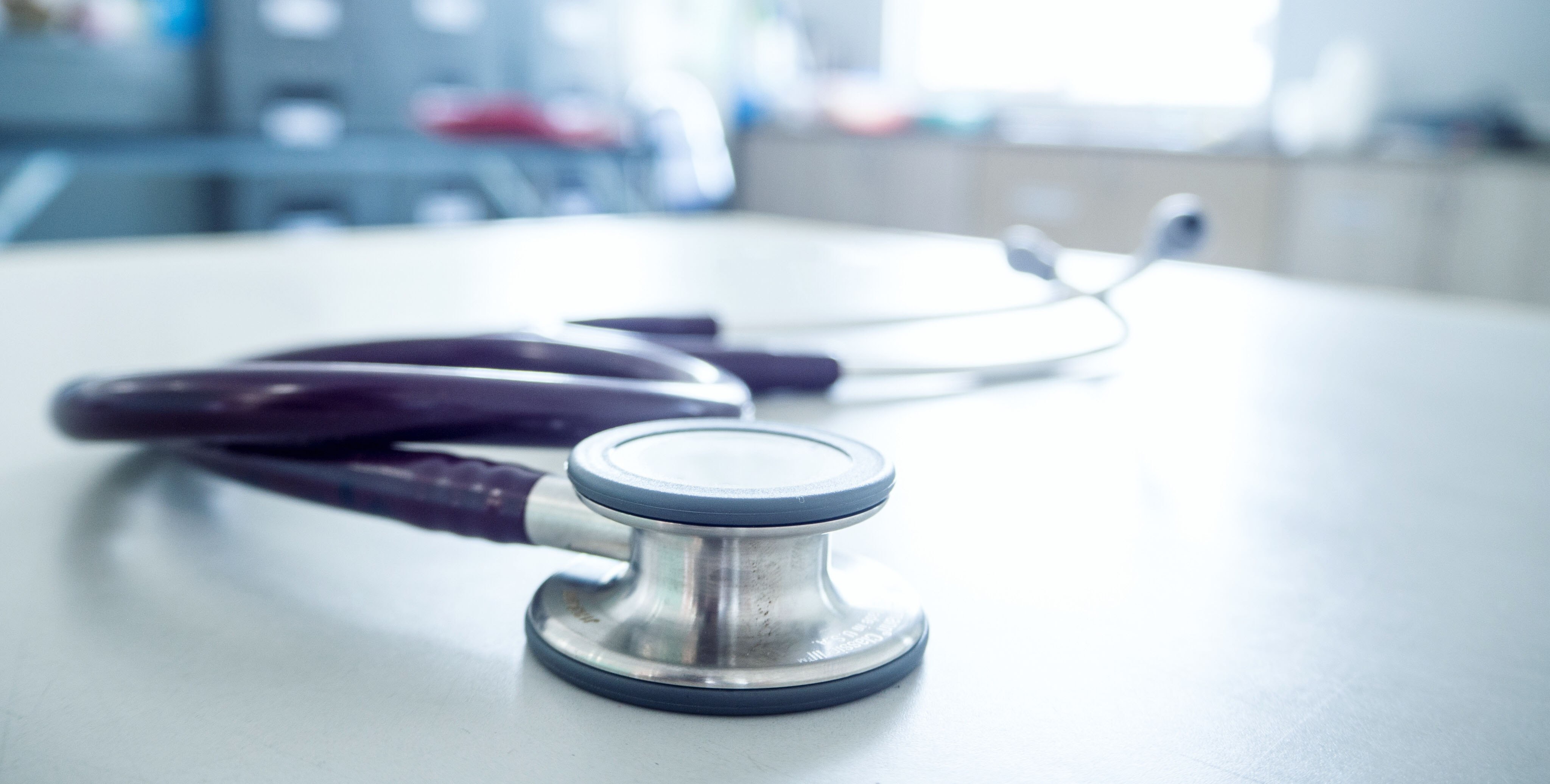
This article is part of Harvard Medical School’s continuing coverage of medicine, biomedical research, medical education and policy related to the SARS-CoV-2 pandemic and the disease COVID-19.
Primary care practices are projected to lose more than $65,000 in revenue per full-time physician in 2020, following drastic declines in office visits and fees for services from March to May during the COVID-19 pandemic, according to a study led by researchers in the Blavatnik Institute at Harvard Medical School.
The lost revenue adds up to a shortfall of $15 billion to primary care practices across the United States, according to the analysis, published Jun 25 in Health Affairs.
The researchers caution that losses would balloon substantially if there is a second viral peak later in the year or if the reimbursement rates for telehealth visits revert to pre-COVID levels.
The study was led by Sanjay Basu, director of research and population health at Collective Health and a faculty affiliate in the HMS Center for Primary Care, Russell Phillips, director of the center and professor of global health and social medicine at HMS, and Bruce Landon, HMS professor of health care policy.
“For many primary care practices, particularly those serving the most vulnerable populations, these losses could be catastrophic, with many practices being forced to close,” Basu said. “This could weaken the U.S. health system dramatically at a time when we need it to be at its strongest.”
“Our prior work shows that primary care saves lives, and loss of primary care practices will translate to lives lost across the United States,” Phillips said,
To calculate the projected financial losses on operating expenses and revenues, the researchers simulated the impact of the pandemic on a variety of practices analyzing both visit volume and visit type, among other variables. They then compared the anticipated revenues, expenses and losses under several scenarios, including a second shelter-in-place order in November and December as well as reverting back to the significantly lower prepandemic levels of provider reimbursement for telemedicine visits.
Once the most acute threat of COVID-19 subsides and the pandemic winds down, primary care in the U.S. will have to absorb the brunt of long-term COVID-19 care and management, testing and vaccination, the team said. The primary care system must also be equipped to meet the piled-up needs of the population and return its attention to the major chronic medical conditions that collectively will determine the health of Americans for many years to come, they said.
“The coronavirus pandemic highlights the fragility of the primary care system,” said Landon, noting that “over half of primary care practices remain small and physician-owned and these independent practices have limited access to capital and other support that could help them weather the pandemic.”
The researchers said their findings and the looming growth in primary care use underscores the need for a financial boost to the primary care system.
“The coronavirus pandemic is a pointed reminder of the importance of primary care to our society. Primary care is critical to limiting the spread of the virus, in treating the comorbidities that can make COVID-19 so deadly and in helping people navigate the social and psychological challenges of social distancing and of living with the pandemic,” Phillips said.
While legislation proposing financial aid to hospitals has already been introduced in Congress, independent primary care practices have yet to receive significant financial help, the researchers said.
Additional collaborators on the study include colleagues from the American Board of Family Medicine.
The authors report no external funding for this study.




